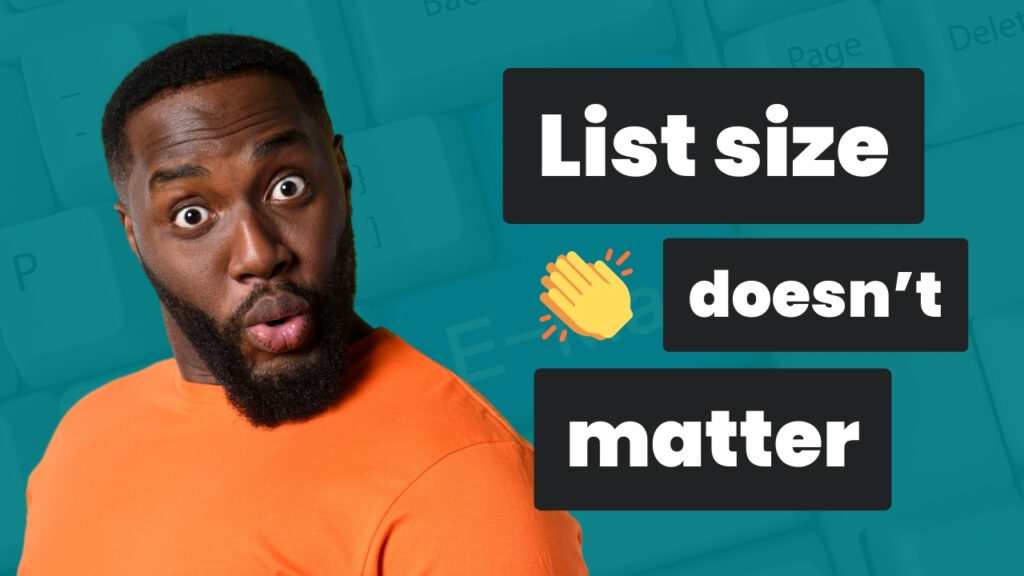FACT: Your top-of-funnel messaging plays a direct role in whether or not you attract good-fit or bad-fit leads.
In a recent client project, we improved lead quality by 221% in 2 months by fine-tuning which motivators (problems and outcomes) we used in the ads and landing page copy.
Here’s what happened: 👇
TRANSCRIPT:
Today, I’m working on mapping out a case study for a recent client win, and I wanted to hop on here and record a video because something interesting happened during the research phase of this project that I haven’t seen as strongly in any other project before.
What happened was this:
When I was analyzing the data for all the leads this client was getting and looking at all the sales call notes, I noticed that the bulk of the leads fell into two primary groups.
#1.) We can call them Group-A and they had a specific motivator. So Motivator-A.
#2.) And Group-B. They had a specific motivator. Motivator-B.
What was interesting was:
Even though both groups looked like a good fit on the surface level, once I dug into the sales calls notes a bit deeper, I noticed that there was a specific motivator that actually ended up giving my client more challenging sales conversations.
So the people in Group-B who had that specific motivator, they had more objections and more concerns. They didn’t convert as easily and they didn’t convert as often.
What I found when I discussed this with my client was that when we were discussing the reason why, it ended up being because what they wanted the product to do, the product could kind of sort of do, but there were better options out there.
That’s why they had a lot of complaints and concerns. It was just fundamentally not as strong of a fit as the people in Group-A, which the product actually fully met their criteria for what they were looking to achieve.
The (control) messaging was attracting also a lot of these Group-B type of leads, right? And so that was giving my client more challenging sales conversations, more disappointing sales conversations.
What we did in the project was decide, deliberately, to only go after people who had Motivator-A because we knew that what they wanted to do, the product could do very, very well. And they ended up converting a lot easier and more often because there was just a strong match between what the market wanted and what the product did.
And we deliberately decided not to go after people in Group-B who had that motivator that wasn’t as strong of a fit for the product.
The lesson in this was that not all motivators are created equal.
It’s very important that you look at your data on both sides, not just from customers, but also look at people who didn’t buy, people who didn’t convert, people who made it very close to that point of conversion but then said no, right?
So things like running non-buyer surveys and even having customer or non-customer discovery interviews with people who almost converted but then decided not to.
Looking at both sides of the coin will help you get a more rounded perspective of who your ideal buyers are and what motivators you should use in your messaging to attract better-fit leads and potentially what messages you should not be using because those messages bring in people who are fundamentally not as strong of a fit for the thing that you sell.
I’ve actually experienced this myself in my own business as a copywriter.
I noticed early on that if a lead comes to me and they’re using language like “I’m the bottleneck, I don’t have time to do this, I need someone to take this off my plate…” And their message is really around saving them time. They’re not a good lead for me because they don’t value my expertise. They’re just looking for a replacement for their time. And, as a result, they only value the service that I offer in terms of how valuable their time is.
If you look at my website, you’ll notice I do not message to time at all. I’m not saving you time. I’m helping you get the results that you want. That’s also a good example of a situation where not all motivators are created equal.
I would encourage you to take another look at your data and dig into your customers and also your non-customers, people who didn’t convert, and look for trends in motivators and messages.
Are specific motivators and the messages that you use to communicate those motivators bringing you better leads?
Or are there some that are bringing you poorer-fit leads?
And that’s really good information to know because you can dramatically improve your lead quality just by optimizing how you communicate your products and services.


